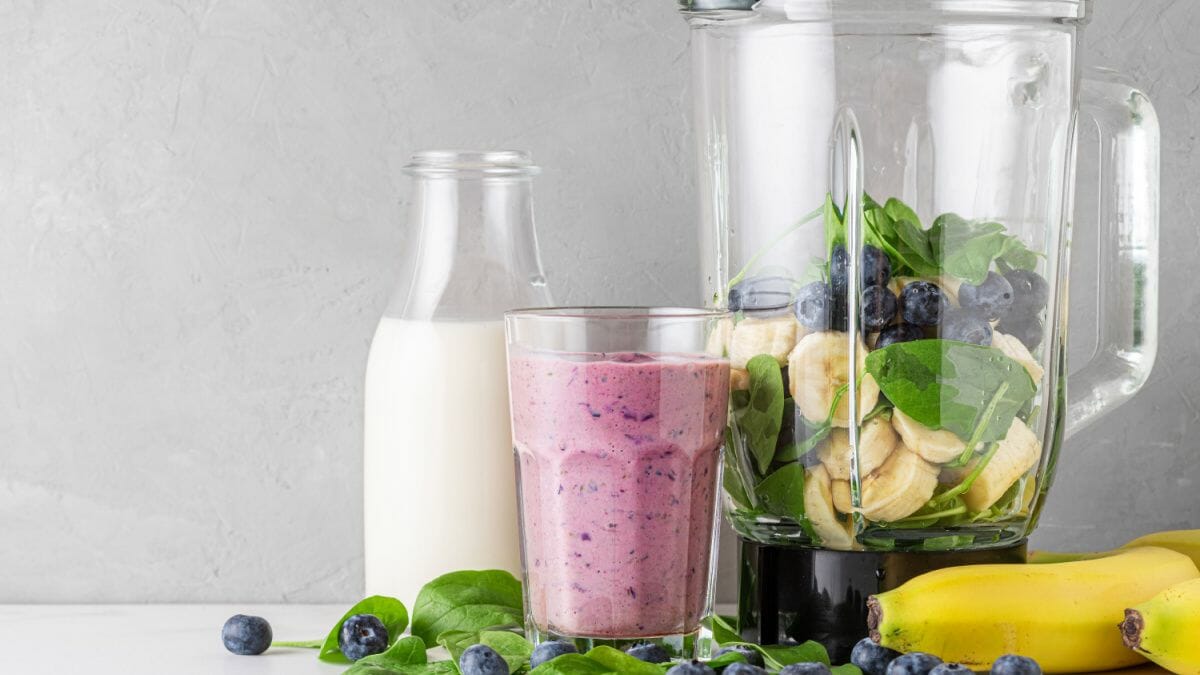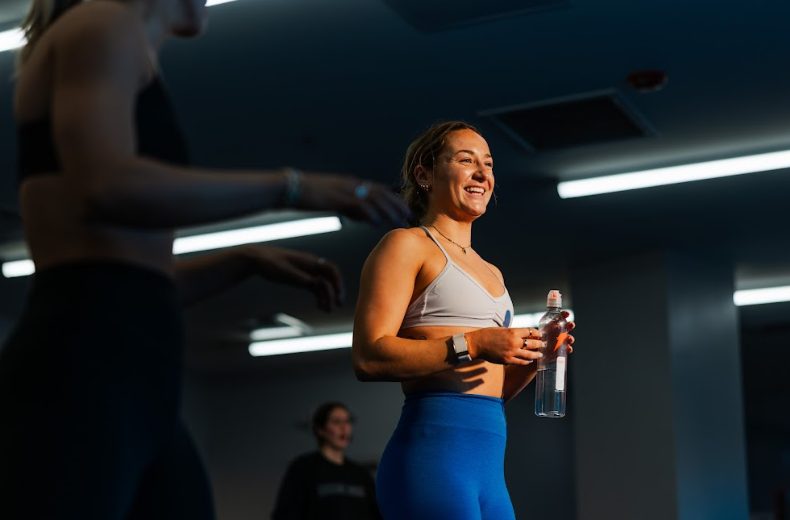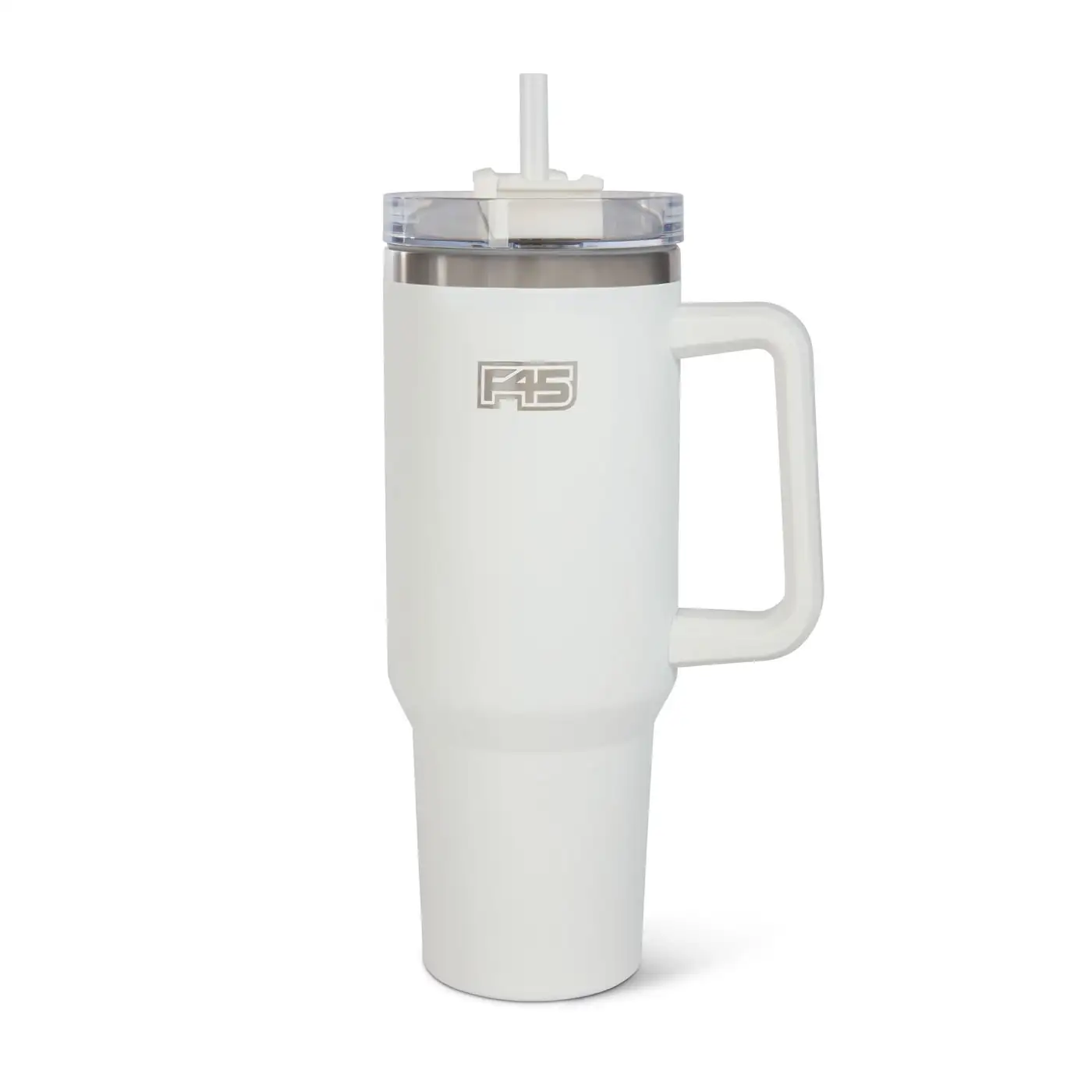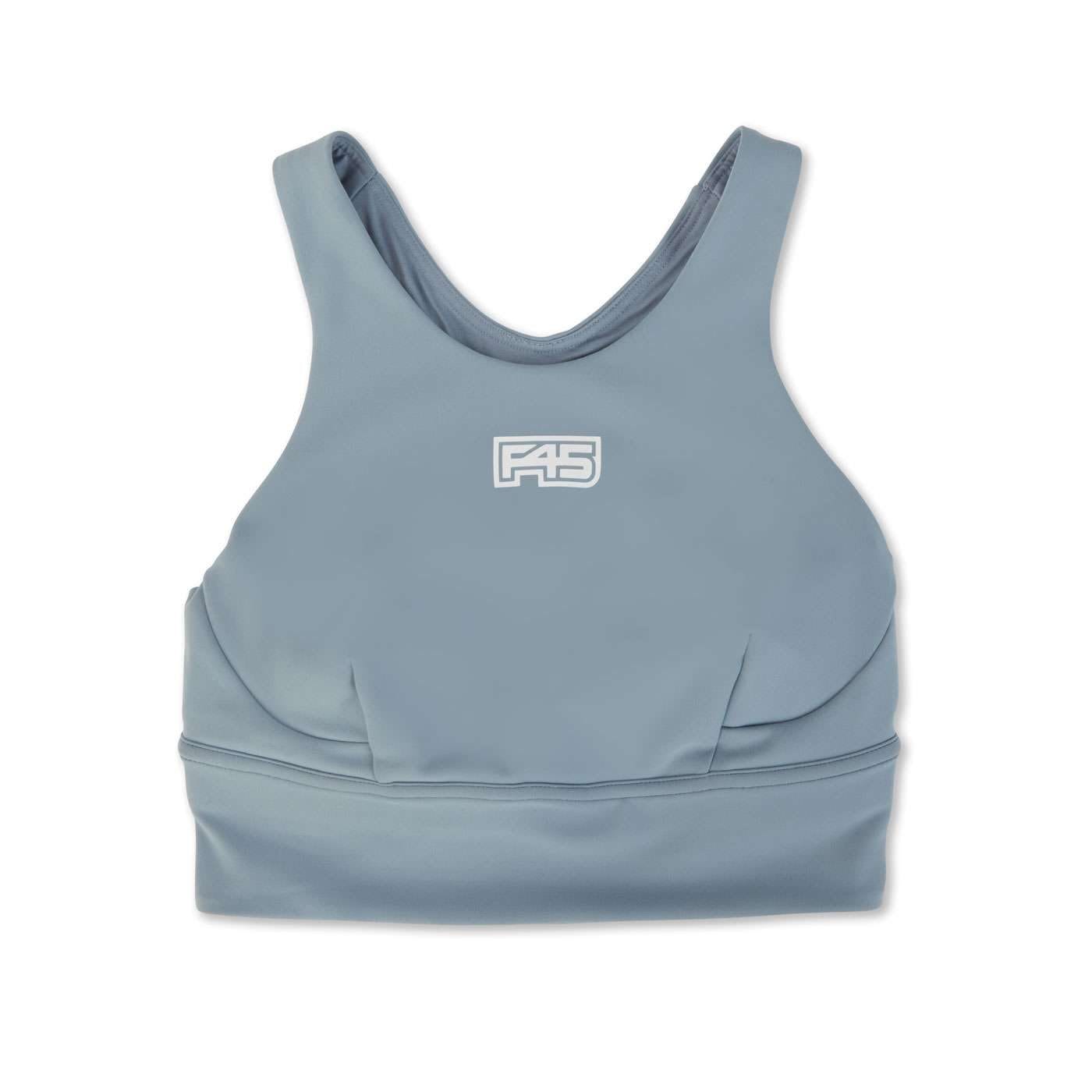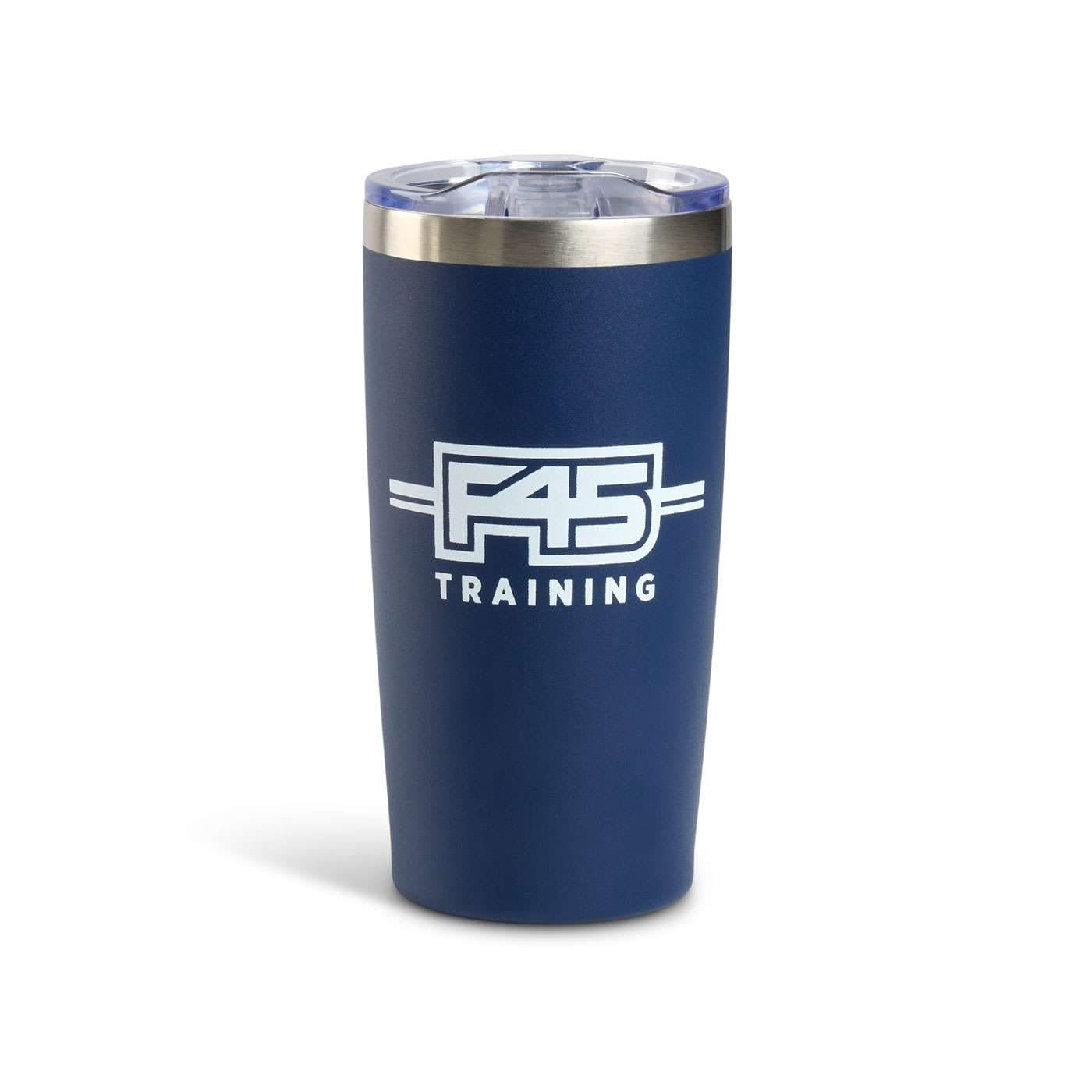
We’ve all heard how important hydration is to replace fluid loss during and after exercise. Any nutrition expert will tell you that inadequate fluid intake could leave you feeling lethargic, unmotivated, and prone to pounding headaches, especially during the hot summer months. Why? Dehydration occurs when our body starts to lose more fluids than we take in. This is especially common during summer months, as we don’t typically realize how much fluid our body loses while exercising in the heat. Yes, water is critical during a workout to replace fluid loss. However, in hot, humid heat, electrolytes are needed to ensure our body is adequately hydrated to avoid dehydration.
Electrolytes and exercise in the heat
Exercising in extreme heat means our body has to go into overdrive to both provide fluids to working muscles and regulate our body’s internal core temperature. If you’ve ever trained in outdoor heat, you may have found it more tiring than in cooler conditions. Why? F45 Functional Nutrition Expert and Sport Nutritionist Kim Bowman explains the importance of electrolytes for optimizing hydration in hot and humid heat: “Our body not only has to push through a workout, but must also thermoregulate and stay cool to ensure we do not overheat. We do this by sweating. However, as we continue to sweat, we lose important minerals called electrolytes, which are needed to deliver fluid to our body’s cells.” Whether you’re currently in peak summer heat or approaching the summer months, it’s important to be mindful of heat while exercising outdoors, as this is the quickest way for our body to lose fluids.
What are electrolytes?
Electrolytes—such as sodium, calcium, and potassium—are essential minerals for many key functions in the body, including muscle contraction, blood pressure regulation, pH balance (acidity and alkalinity), and fluid balance. During exercise, sodium is the primary electrolyte that is lost through sweat, followed by chloride, potassium, magnesium, and calcium.
Why are electrolytes so important for hydration?
It’s essential to incorporate electrolytes during fluid replacement to ensure that your body can adequately absorb water directly to the body’s cells to sustain fluid balance (the movement of water via osmosis). Electrolytes, especially sodium, must be replenished to maintain a healthy fluid balance.
What is an electrolyte imbalance?
Our body requires a specific balance of electrolytes and fluids, and when electrolytes become too high or low, an imbalance can occur. Dehydration is a common form of electrolyte imbalance that occurs as we lose minerals through sweat. This can result in fatigue, headaches, muscle cramps, and ultimately, decreased exercise performance.
How to optimize hydration
If you’re exercising for more than one hour a day, especially at a high intensity and in hot and humid conditions, electrolytes are essential. Humid conditions prevent sweat from evaporating and efficiently keeping the body cool; therefore, we sweat more as a result and lose more electrolytes. If purchasing in store or online, be sure to check labels for sugar content, as many sports beverages have too much sugar and not enough electrolytes to help replenish your body. Instead, opt for electrolyte tablets or powders that contain only essential minerals. Check out this homemade electrolyte drink to optimize hydration while exercising outdoors:
F45 Electrolyte Drink
- 8 oz water or unsweetened coconut water
- ¼ tsp Himalayan pink sea salt
- 2 tbsp fresh lime or lemon juice
Disclaimer: The information in this article is for educational purposes only. You should always consult with a physician before supplementing with electrolytes as supplementation varies depending on a variety of factors including age, activity level and intensity, water consumption, and climate.
